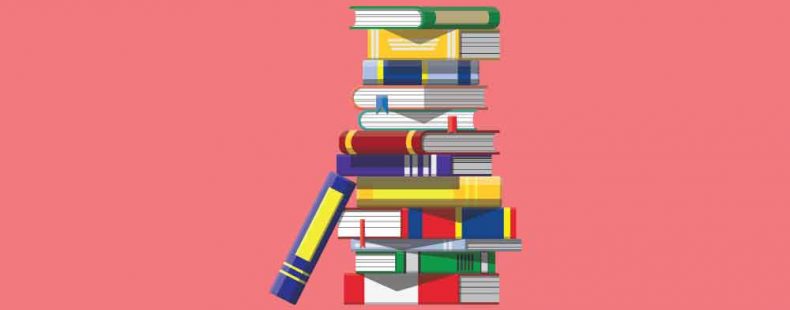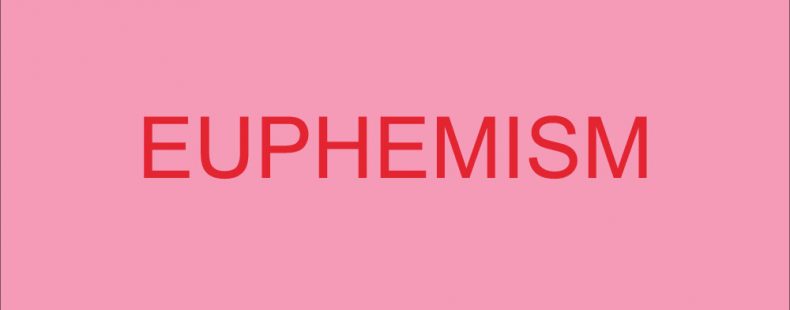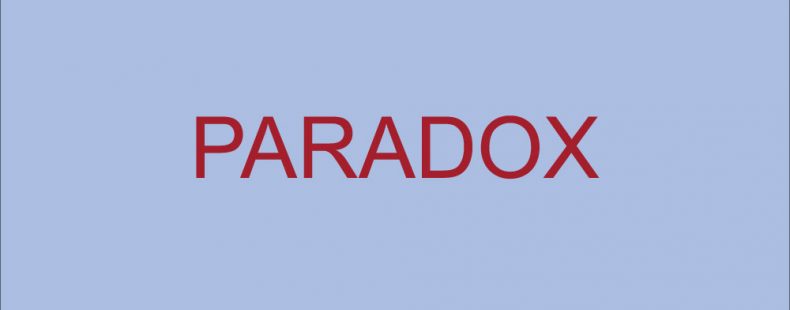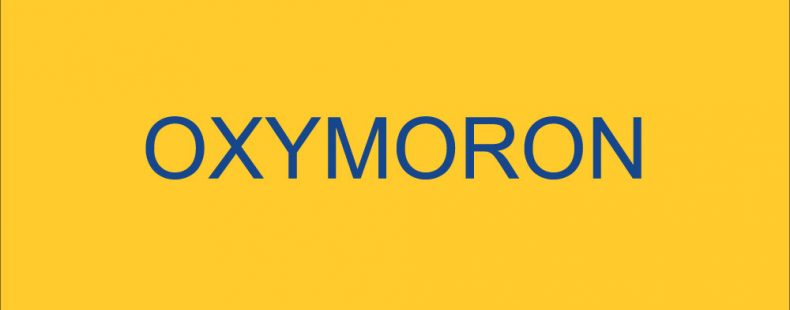Aristotle wrote that mastery over the art of metaphor is a sign of genius—and it turns out it he was right. Literary devices, including simile, allusion, and satire, not only give life to our words, but also make us … smarter?
For example, cognitive research has found that deciphering an ironic statement takes twice the effort as understanding a more straightforward comment. Makes sense, right? Someone says “What a lovely day” (when it’s lousy weather), and our brains do the work of first interpreting the words literally, and then gathering the additional information needed about the context to understand the joke.
So let’s take time to get to know these 13 essential literary devices. Where would we be without a well-placed yeah, right (it can be used ironically!) or an exaggeration like I’m so hungry I could eat a horse! (who hasn’t said this hyperbole at least once)?



























